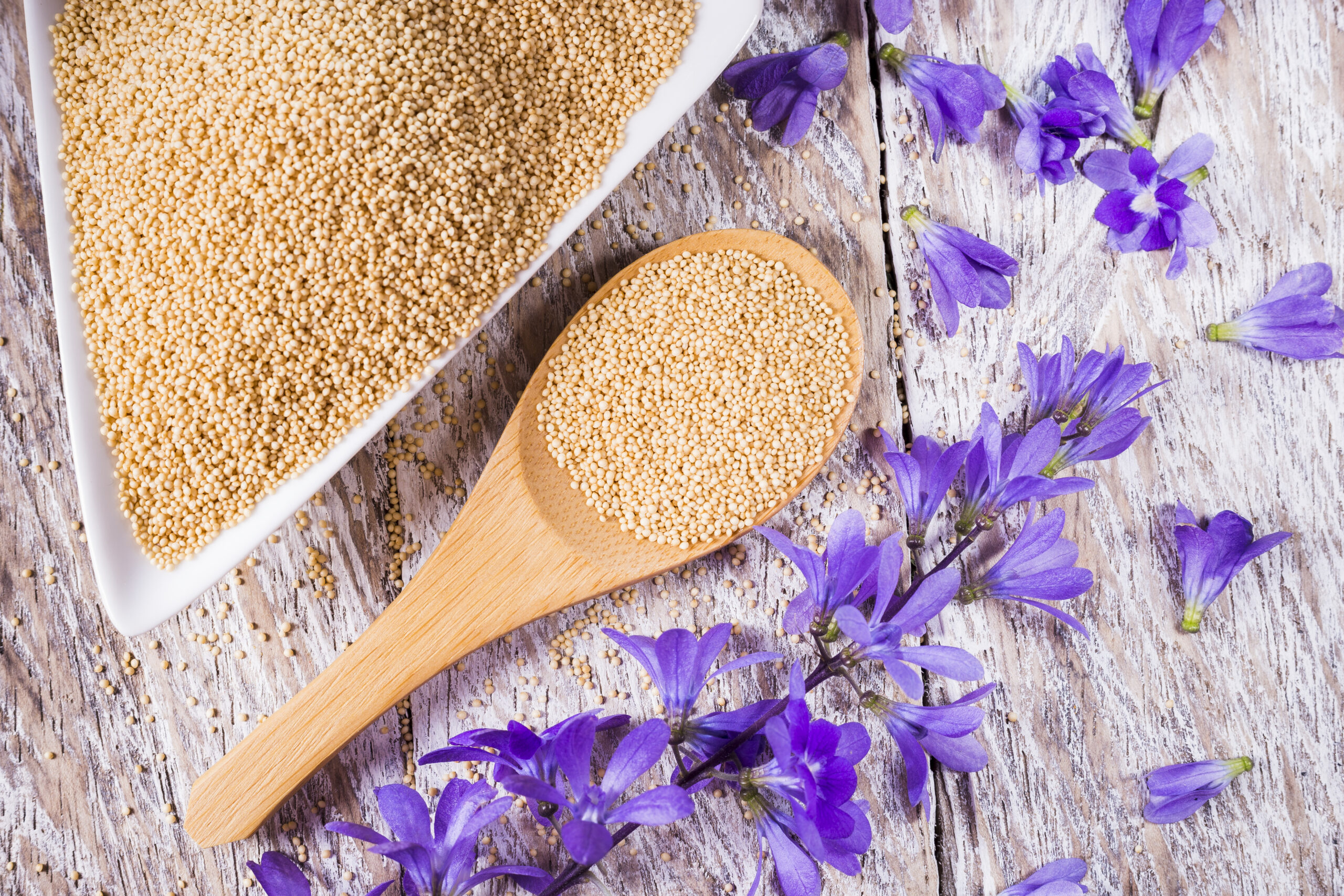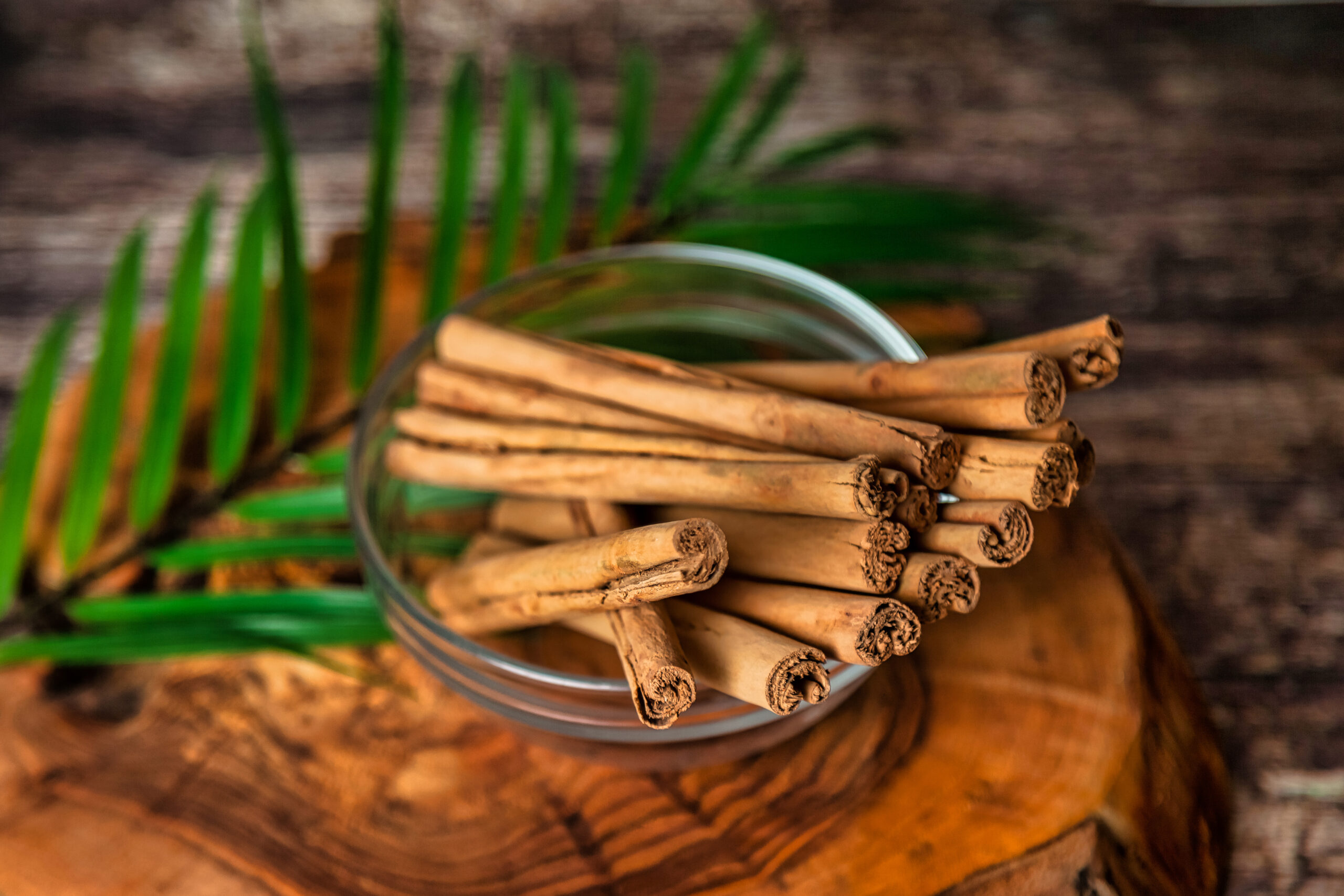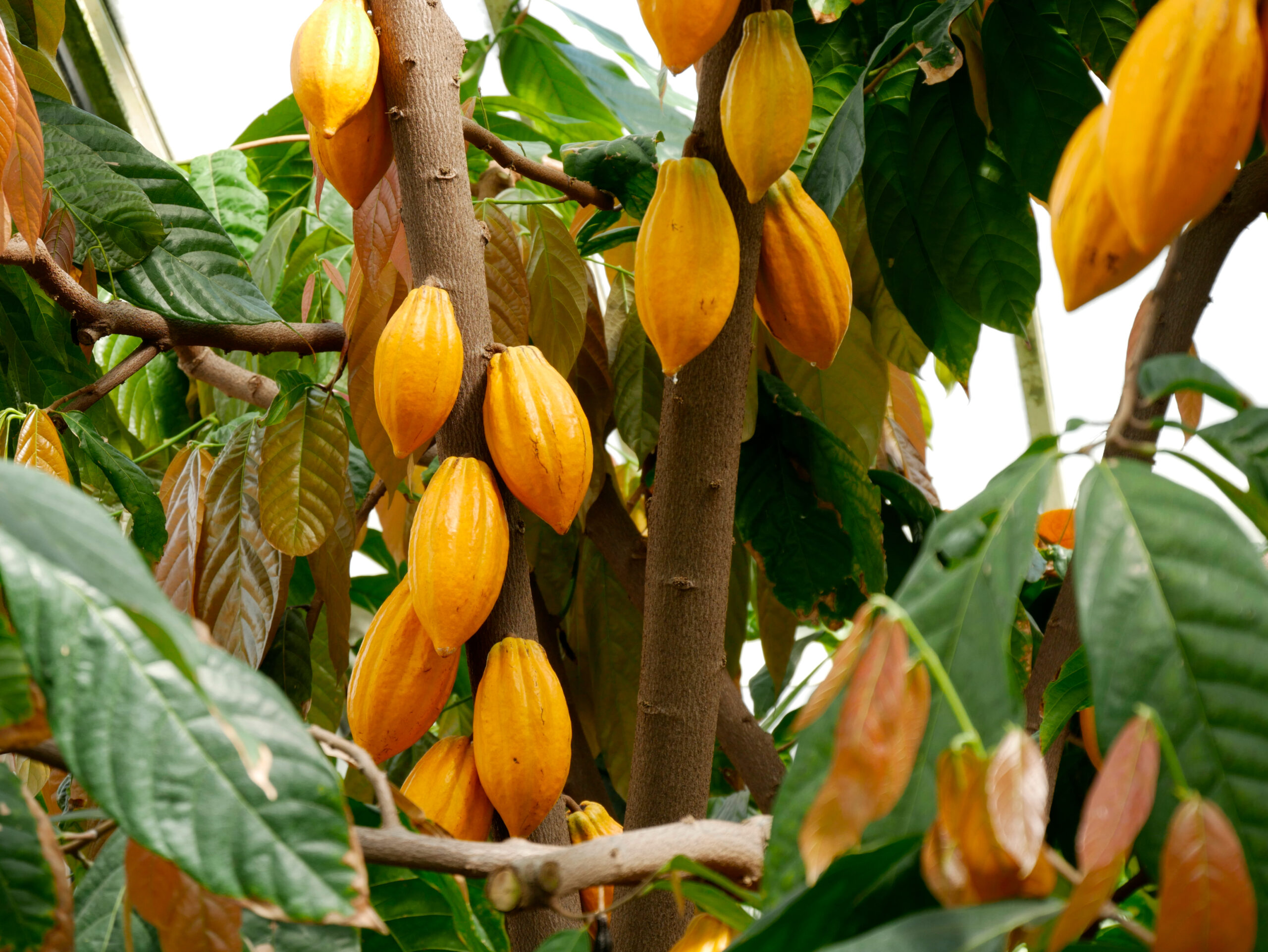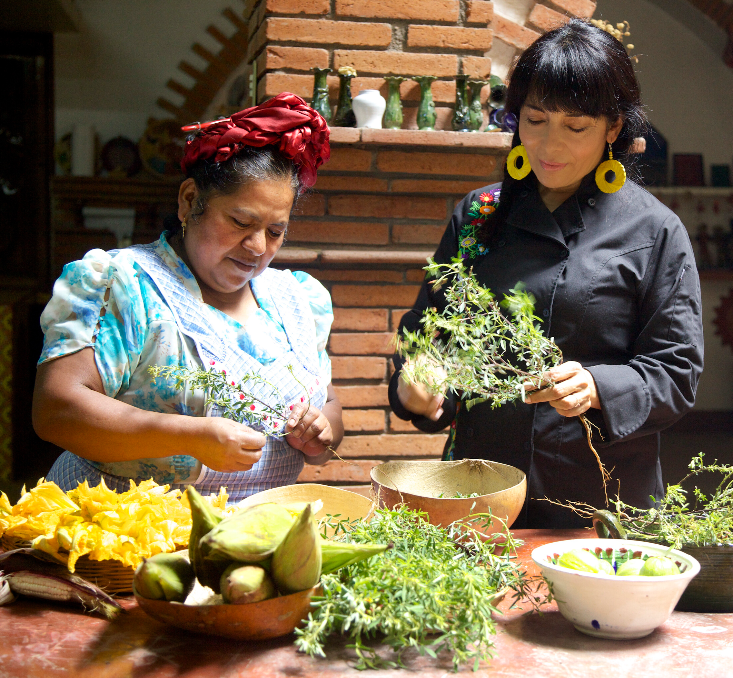Amaranthus has nourished Indigenous peoples of the Americas as both food and a sacred plant. Once called the “grain of the gods,” it symbolizes resilience, cultural continuity, and nutritional abundance. Today, its revival bridges ancestral knowledge with modern science, offering pathways toward sustainable food and health.
For centuries, Amaranthus has been an important crop for Indigenous peoples across the Americas, valued for its hardiness, nutritional value, and cultural significance. The Aztecs referred to it as the “grain of the gods” as it was both a food source and a sacred plant within Mesoamerican worldviews. While colonial suppression disrupted its cultivation and severed many communities from a crop deeply tied to their Indigenous traditions, today, Amaranthus has gained renewed attention for its nutritional and medicinal benefits, illustrating the strength and continuity of Indigenous knowledge in contemporary settings. This article examines the plant’s botanical characteristics, historical significance, and cultural roots, as well as its role in sustainable food systems.
Botanical Features & Nutritional Value of Amaranthus
Amaranthus is a genus of over 70 stalked, short-lived perennial plants within the Amaranthaceae family. Native to the Americas, these plants thrive in hot, humid environments with well-drained soils but are adaptable to a wide range of climates (Turner, 2021). Members of the genus are commonly divided into vegetable, weed, and grain types and are cultivated globally for their seeds and leaves. The seeds of species like A. cruentus, A. hypochondriacus, and A. caudatus are used to make flour, flakes, bread, pasta, and other foods, while their nutrient-rich leaves are consumed as vegetables. In India, varieties such as A. blitum, A. gangeticus, and A. tricolor are cultivated for salads and cooked dishes. In parts of Africa, the leaves are also used medicinally (Baraniak & Kania-Dobrowolska, 2022). This adaptability and versatility have made Amaranthus a staple crop in various cultures, linking its ecological success to its widespread practical value (Kongdang et al., 2021).
“The continued cultivation and study of Amaranthus underscore its relevance as a bridge between ancient traditions and modern science.”
Global Nutrition and Indigenous Knowledge
Growing global interest in Amaranthus has led to an increase in biomedical research into its nutritional and pharmacological properties. Its leaves and seeds provide a rich source of protein, essential amino acids, fiber, and key micronutrients like iron and calcium—making it especially valuable in efforts to combat malnutrition. Pharmacologically, Amaranthus exhibits antioxidant, anti-inflammatory, and potential anti-hypertensive effects attributed to its high concentrations of polyphenols, flavonoids, saponins, and phytosterols. These findings validate the traditional uses of Amaranthus by Indigenous peoples for both sustenance and healing. The continued cultivation and study of Amaranthus underscore its relevance as a bridge between ancient traditions and modern science (Kongdang et al., 2021).
The domestication of Amaranthus dates back thousands of years, with archaeological evidence highlighting its significance in Mesoamerican cultures. Seeds of A. hypochondriacus have been dated to 1,500 years ago in Tehuacán, Mexico, while A. cruentus seeds date back over 6,000 years (Turner et al., 2021). Excavations at Teotihuacan revealed carbonized remains of Amaranthus seeds found alongside maize, beans, and squash, suggesting its central role in ancient diets (McClung de Tapia & Martínez-Yrizar, 2017). Written records from 16th-century codices, such as the Mendoza Codex and the 17th-century Florentine Codex, emphasize its status as one of the Aztecs’ four most important crops, along with maize, beans, and chia. Amaranthus was a staple ingredient in tamales, tortillas, sauces, and drinks, providing sustenance to soldiers, breastfeeding mothers, and entire communities. Today, it remains an essential part of traditional diets in Mexico, where it is classified as a quelite—a term derived from the Nahuatl word quilitl, used to categorize edible plants (Beilin, 2019; Comisión Nacional para el Conocimiento y Uso de la Biodiversidad [CONABIO], n.d.).

Indigenous Knowledge and the Sacred Use of Amaranthus
Amaranthus held profound cultural and spiritual significance among the Aztecs and other Mesoamerican peoples. Known as the “grain of the gods,” it symbolized divine flesh, complementing maize, which represented the human body. In religious ceremonies, Amaranthus flour was often mixed with maguey syrup or, in some cases, human blood to form effigies of deities such as Huitzilopochtli, the war god. These were then broken and consumed by the community as an act of unity and connection with the divine—an example of the integration of food, spirituality, and community in Indigenous lifeways. Although these rituals were largely eradicated during the colonial period, Amaranthus continues to hold cultural importance as a symbol of resilience and connection to ancestral traditions (Baraniak & Kania-Dobrowolska, 2022; Beilin, 2019).
During the colonial era, Spanish colonizers viewed rituals utilizing Amaranthus—particularly those involving blood and symbolic flesh—as a threat to Catholic teaching and outlawed its cultivation and destroyed its fields across Mexico and Peru. This act severed access to a major source of nutrition and disrupted spiritual practices, further dismantling Indigenous epistemologies. However, Amaranthus survived in small Indigenous communities, where it was cultivated and used locally, establishing roots for what today is a global crop, consumed for its nutritional value. This tale of survival is an example of the resilience of Indigenous agricultural knowledge and the preservation of traditional practices in the face of historical and ongoing challenges (De Shield, 2015).
Revitalizing Amaranthus: Indigenous Knowledge and Resilience
Despite centuries of disruption, Amaranthus has endured and is gaining new recognition for its nutritional value today. Once central to both the diet and ceremonies of Mesoamerican peoples, the plant reflects a deep relationship between food, land, and culture. Supporting crops like Amaranthus is one way to respect and preserve Indigenous farming practices that have sustained communities for generations. As researchers continue to study its benefits, this is a reminder that ancestral knowledge can offer real solutions to issues like food insecurity and unequal access to health resources.
References
Baraniak, J., & Kania-Dobrowolska, M. (2022). The dual nature of amaranth—Functional food and potential medicine. Foods, 11(4), 618.
Beilin, K. (2019). The world according to amaranth: interspecies memory in Tehuacán Valley.
Comisión Nacional para el Conocimiento y Uso de la Biodiversidad (CONABIO). (n.d.). Quelites: Diversidad y alimentación en México. Retrieved November 14, 2024, from https://www.biodiversidad.gob.mx/diversidad/alimentos/quelites
De Shield, C. L. (2015). The cosmopolitan amaranth: a postcolonial ecology. Postcolonial Text, 10(1).
Kongdang, P., Dukaew, N., Pruksakorn, D., & Koonrungsesomboon, N. (2021). Biochemistry of Amaranthus polyphenols and their potential benefits on gut ecosystem: A comprehensive review of the literature. Journal of Ethnopharmacology, 281, 114547.
McClung de Tapia, E., & Martínez-Yrizar, D. (2017). The potential of paleoethnobotanical evidence for the study of Teotihuacan foodways. Archaeological and Anthropological Sciences, 9, 39-50.
Turner, M. I., Adams, K. R., Berkebile, J. N., & Dockter, A. R. (2021). Ancient grains: new evidence for ancestral Puebloan use of domesticated Amaranth. American Antiquity, 86(4), 815-832.













Leave a Comment